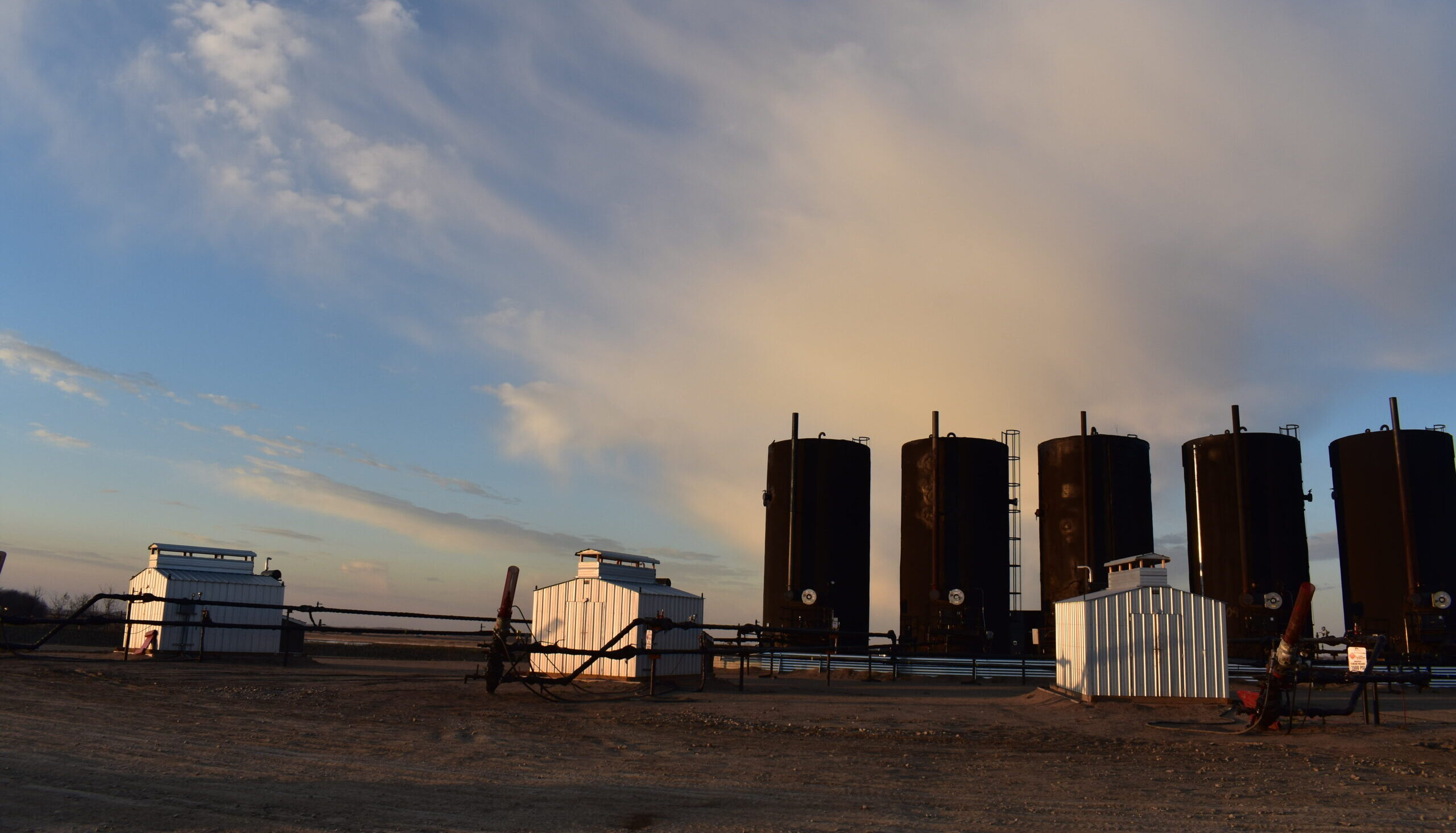Carbon capture and sequestration
Due to these effects and the long-term concerns, it will be a high priority to
reduce the amount of carbon dioxide and methane released into the
atmosphere, and to develop more sustainable energy sources. The main
problem is that as much as one third of all emissions come from planes, cars
and ships, which account for about 45% of emissions from hydrocarbon fuels
that are not replaceable by other known energy sources at this time.
There are three main problem areas:
• There are losses in production: Only about 70% of hydrocarbons
extracted from the ground reach the private or industrial consumer.
The rest is lost from production systems, transportation and through
the refining and distribution of oil and gas.
• There are losses in consumption: Much of the oil and gas is
converted to work with an efficiency of 30% in cars, for example, to
60% in the best power plants.
• Better methods for capturing and storing emissions must also be
found.
Efficiency will be improved by maintaining and operating facilities to reduce
losses, and by converting to more efficient systems. For example, it can be
argued that conversion to electrically-driven equipment in place of gas
turbine-driven equipment could reduce CO2 emissions by more than 50%,
even if power is generated by a gas turbine and steam combined cycle unit.
This also moves the emissions to a centralized unit rather than distributing to
a larger number of smaller gas turbines.
To reduce overall emissions, carbon will have to be separated from other
emitted gases (such as water vapor) and stored. Current plans call for reinjection into empty reservoirs, or reservoirs that need pressure assistance
for oil extraction.
140
Capturing CO2 can be done at large point sites, such as large fossil fuel or
biomass energy facilities, industries with major CO2 emissions, natural gas
processing, synthetic fuel plants and fossil fuel-based hydrogen production
plants:
Overall there are three types of processes:
• Pre-combustion systems, where the fuel is gasified and processed
before combustion, and carbon dioxide can be removed from a
relatively pure exhaust stream.
• Post-combustion systems, where carbon dioxide is extracted from
the flue gas, e.g., using an amine process.
• Oxyfuel consumption, where fuel is burned as relatively pure
oxygen, so the hydrocarbon is burned in oxygen instead of air. This
produces a flue gas consisting of only carbon dioxide and water
vapor, which is cooled and condensed.
For storage:
• A system to store, transport and inject gas into existing reservoirs.
This is done by a pipeline, which is generally the cheapest form of
transport, or by ship if pipelines are not available.
• Alternatives to storage include carbonatization, deep sea deposit,
and planting of photosynthetic plants in otherwise infertile areas.
Currently these processes could remove around 90% of CO2 at a cost of
$35-90 per ton, including injection and storage in a reservoir. This is about 2-
3 times the long-term expected emission quota costs.


